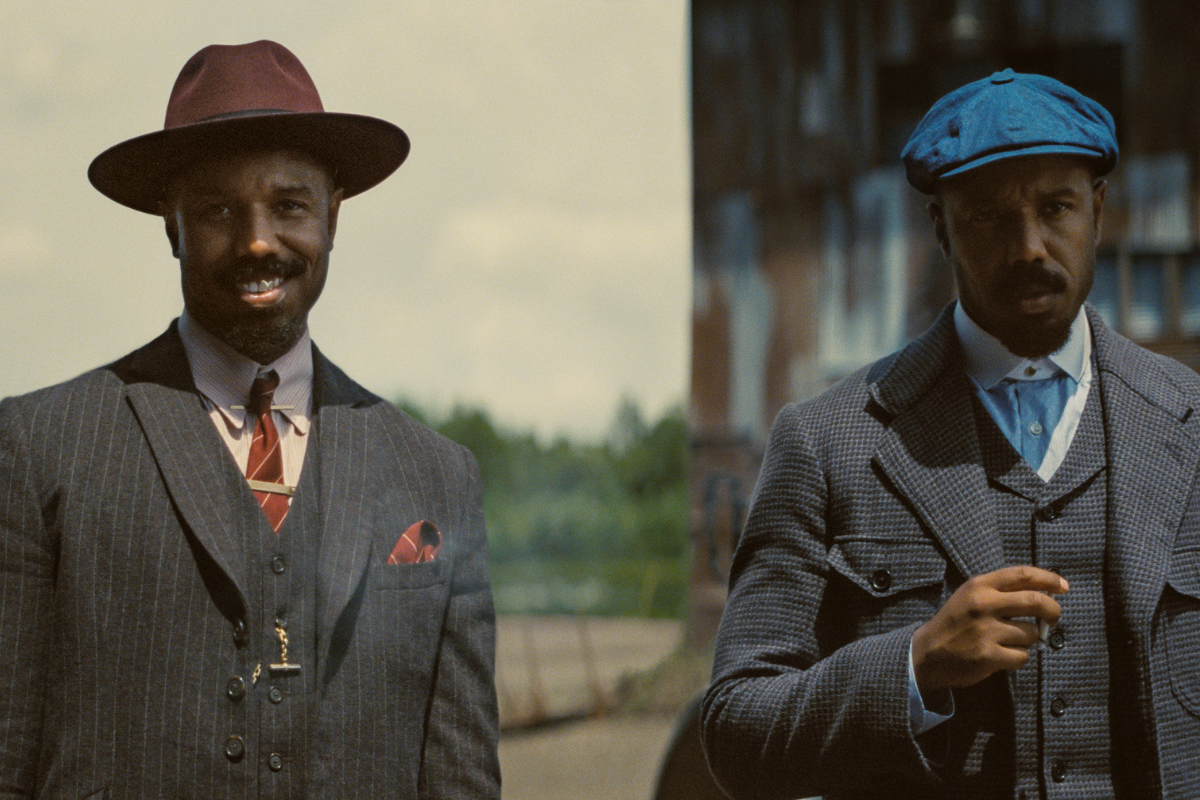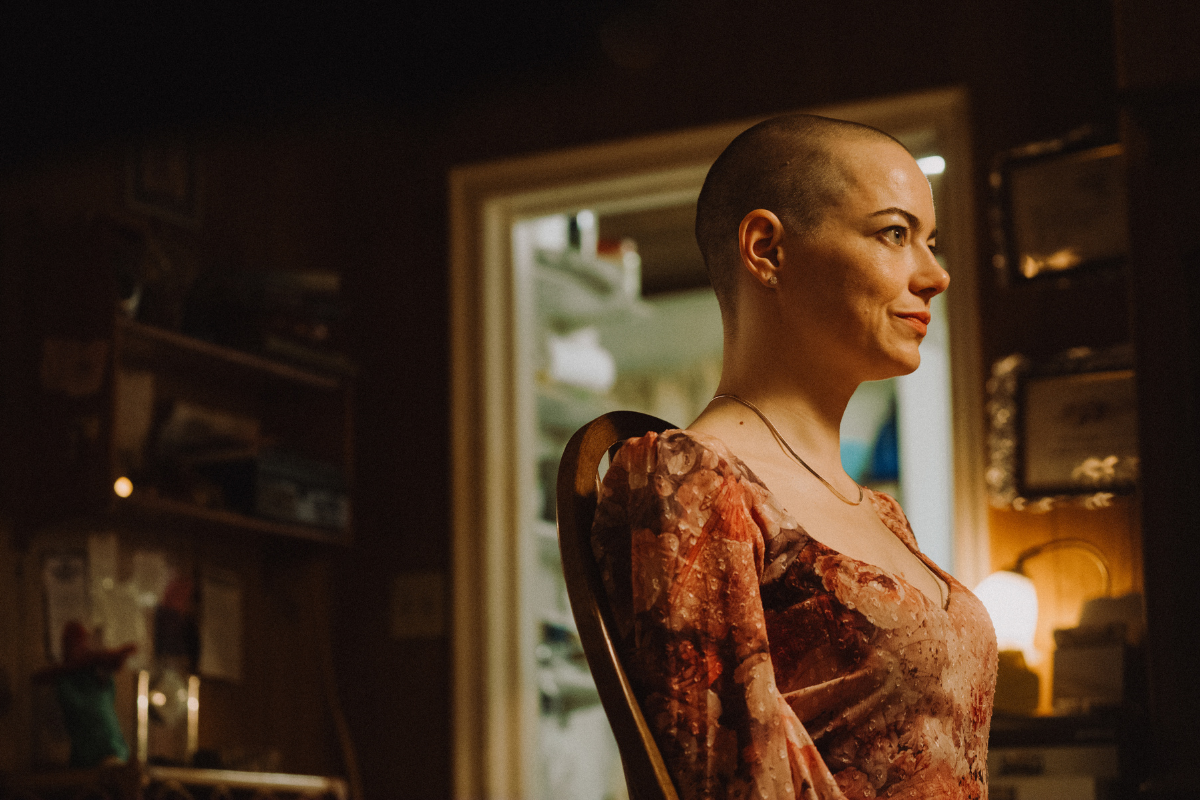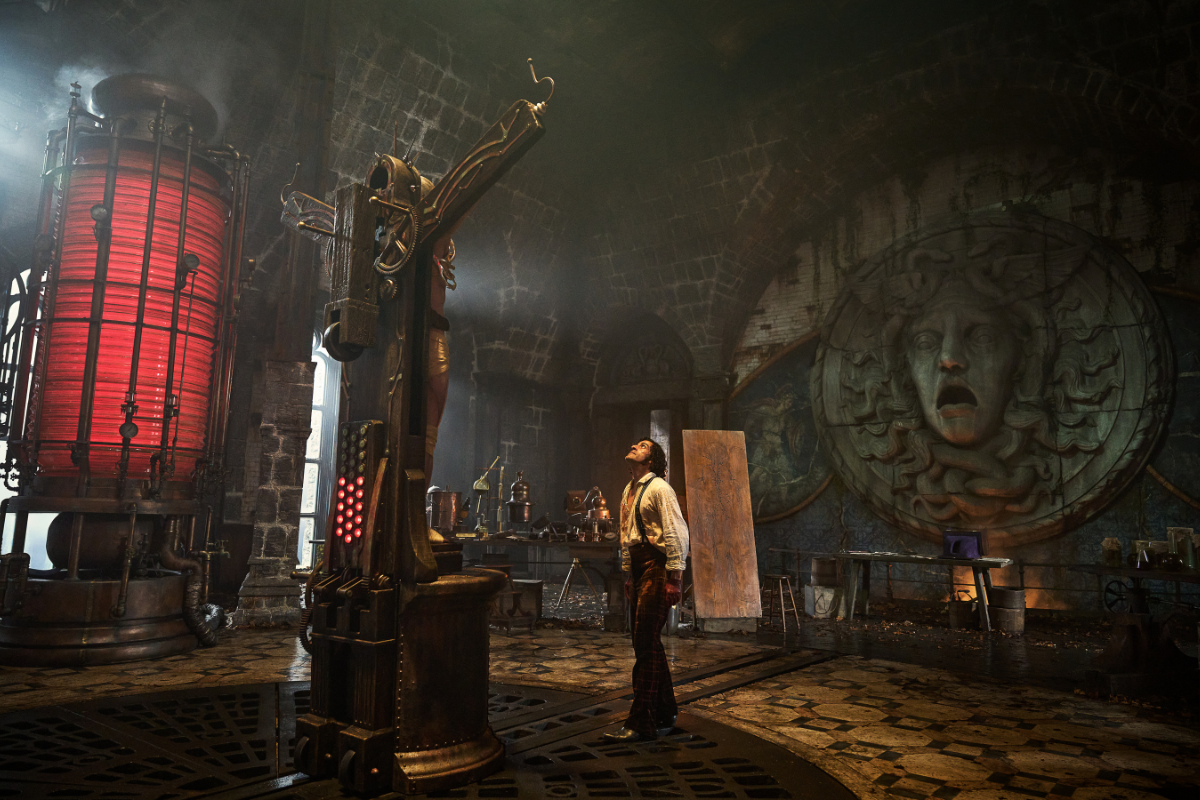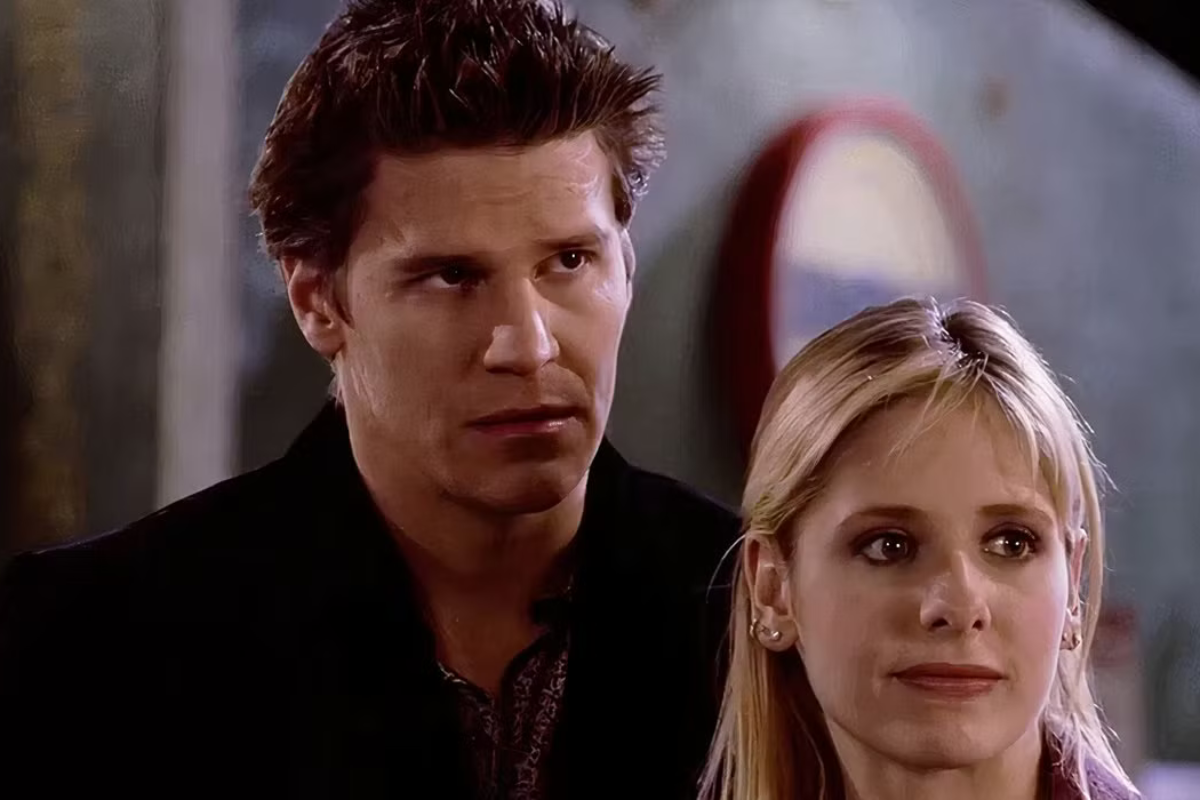Sci-Fi Circuit: Sci-Fi Storytelling, Part 1 — Story Type, Mistakes, & Big Ideas
When it comes to screenwriting structure, “Mini-Movie Method” guru and screenwriting mentor Chris Soth (Firestorm) is one of the best. I’ve been astounded listening to him break a logline into…
When it comes to screenwriting structure, “Mini-Movie Method” guru and screenwriting mentor Chris Soth (Firestorm) is one of the best. I’ve been astounded listening to him break a logline into a plausible screenplay in mere minutes using his mini-movie methodology, including the dreaded second act so many screenwriters struggle over.
Knowing Chris as a master of structure (he is one of my screenwriting mentors), I reached out to him to talk sci-fi and the mistakes he commonly sees sci-fi screenwriters making, what it takes to structure a solid screenplay in the genre, and what he sees as the next untapped realms in sci-fi.
In Part 1 of this two-part series, Chris and I talk about the sci-fi story type he uses and the mistakes he sees writers making around their sci-fi “rules,” including not sticking to one big idea.
In Part 2, we dive into how he recommends structuring a sci-fi screenplay and overlooked budget considerations he thinks sci-fi screenwriters should be aware of, and gives some nuggets of wisdom about where to find new ideas for sci-fi stories.
The Sci-Fi Story Type: Supernatural
When it comes to structure and plotting, Chris works with ten major story types along with his mini-movie method. He defines sci-fi as a “supernatural” story type, which means that the story “defies the natural laws of physics and science as we now understand them.”
While this definition includes fantasy, magical and occult stories as well as science fiction, the distinction he makes for sci-fi is that the supernatural aspect of the story has a scientific explanation in the sci-fi genre, whereas the supernatural might be explained by mystical, magical, or spiritual explanations in other supernatural stories.
For example, he differentiates between the magic-based time travel in Harry Potter and the Prisoner of Azkaban and the science-explained time travel in Back To The Future or Terminator.
However, since we don’t have time travel now, scientifically or otherwise, we defy the natural laws of physics and science with that concept, and therefore have a supernatural story type.
Don’ts of Sci-Fi Screenwriting
In sci-fi screenwriting, Chris says that the biggest mistakes he sees writers making are not knowing what their rules are, not sticking to their rules once they’ve laid them out, and changing too many aspects of the natural laws of physics and science at once.
- Don’t take too broad an interpretation of the rules.
Sometimes writers say, “There are no rules” in sci-fi, when in fact, as Chris says, with sci-fi “the rules become even more important than with any other movie.” This is because clearly establishing the rules for the viewer is part of what helps them become engaged with the world you're creating. Change too many rules, and they can't suspend their disbelief or the story becomes muddled. - Don’t change your rules on the fly or break your own rules.
Not sticking with the rules you’ve set out can leave an audience feeling betrayed, he adds. - Don’t change more than one natural law.
“Know what your rules are and stick to one change,” Chris says. Just pose one "What if?" In other words, don’t have a movie with “flying cars AND time travel AND psychic abilities AND aliens. Pick one change, go with it, and examine just the repercussions of that idea.” Because if everything is so very different than our own world, then we’re really writing fantasy, not sci-fi. (For instance, Star Wars has -- albeit successfully -- has crossed the bridge into space fantasy rather than “true” sci-fi.)
Do’s of Sci-Fi Screenwriting
- Use the single change you make as a metaphor.
Show us “something that could actually happen to a person in the world with the rules as we understand them now.” Give us an understanding of our current world using this scientific change as a metaphor. - Introduce the rules at the outset of the film.
Bring us into the world, show us the way things are different in the story world and how the rules are different. For instance, Independence Day opens with a shadow passing over the moon. We instantly know we're not in the ordinary world as we know it. Contact opens with radio signals and shows us how they travel away from the Earth. - Go deeper and deeper into the big idea of the story.
Stick to that one "What if?" or change and play out the unexpected consequences of it. Contact poses the question, "What if there's someone out there, and they picked up our radio signals out in space?" and examines it further throughout the film.
The Structure of the Big Idea
As we talked, we dove more deeply into his tip about just changing one thing and how that shows up throughout a story. When I mention being distracted by all the technology in the remake of Total Recall (2012), like the flying cars and subcutaneous cell phones, he describes in counterpoint how “the original version of Total Recall (1990) with Arnold Schwarzenegger goes deeper and deeper into its central rule which is, ‘Are our memories real?’"
He continues, “The movie starts out with a rule that says, ‘You can have a memory implant of something going to Mars that we can implant into your mind.’ By the end of the first act, the question is being posed, “What if all your memories, including your memory of your own identity and who you claim to be, are false or have been implanted as well?’ That’s an expansion on the first idea. It doesn’t get off into, ‘And by the way, we have cars that can fly.’
“At the midpoint, that question is raised as well, where they say, ‘You’re actually still back at Recall having this memory implant and you’re freaking out.’
“The movie ends with the main character Douglas Quaid (Schwarzenegger) turning the camera and saying, ‘But how do I know it’s really true?’ So it ends by asking the question again, ‘How do we know any of what we saw in the movie happened, maybe it’s all the memory implant he had at the end of the first sequence?’
“Then we can draw a line connecting all of those major plot points as expansions on the original question, ‘What if we could implant memories in your head?’ On that same ‘What if?’
“It’s not like the original version doesn’t go off into other ideas and there isn’t other technology, but it’s set dressing, and the story never becomes about it. And that would be the mistake, going off on a tangent like that and saying, ‘and now the story is about flying cars or something else."
He caps this with, “I’m perfectly willing to see a movie about the first flying car or a remake of Cannonball Run but with cars that can fly, because those movies are about cars. But I wouldn’t want that movie to be clouded up with memory implants or anything else. I would want that story to stay on its central idea and dig deeper into that idea, rather than not being able to get deep enough into the idea that is central to the story. That’s a classic mistake made everywhere in every genre, but more easily perceived in sci-fi.”
Next week, stay tuned for Part 2, where Chris and I delve more deeply into the classic structure for a “supernatural” sci-fi story... and more.
About Chris Soth
Chris Soth is a writer, director, and producer who has authored over 28 screenplays and is a frequent speaker on the topics of story structure and independent filmmaking, teaching screenwriters around the world how to write great screenplays and pitch them for success. Chris is the writer of Firestorm, released by 20th Century Fox, and the independent hit Outrage: Born In Terror. He has taught at USC and UCLA, and currently guides screenwriters from concept to FADE OUT using the “Mini-Movie Method” through his mentorship program at www.YourScreenplayMentor.com. His ebook “Million-Dollar Screenwriting: The Mini-Movie Method” and DVD “SOLD! How I Set Up Three Pitches in Hollywood,” among other great screenwriting resources, are available at www.MillionDollarScreenwriting.com.
You can follow Chris and pick up free screenwriting tips on his Facebook page, here.
Related Articles:
- What Makes It Sci-Fi? by Jenna Avery
- The Magic of World Building by Jenna Avery
- The Purpose and Value of Science Fiction by Jenna Avery
Tools to Help:
- Write Sci-Fi Film & Television Scripts That Sell (on-demand webinar) with Steve Duncan
- The Writer’s Digest Guide to Science Fiction & Fantasy by Orson Scott Card
- Write Your Science Fiction, Fantasy or Paranormal Novel Collection







